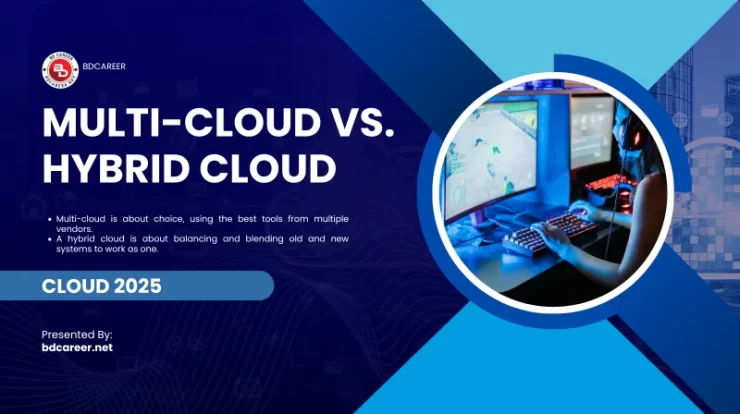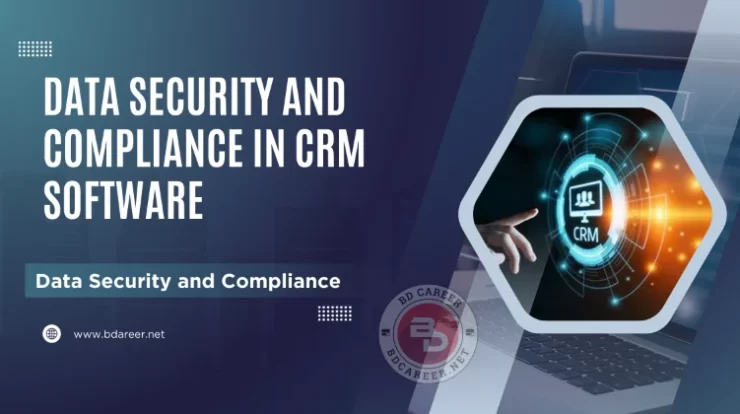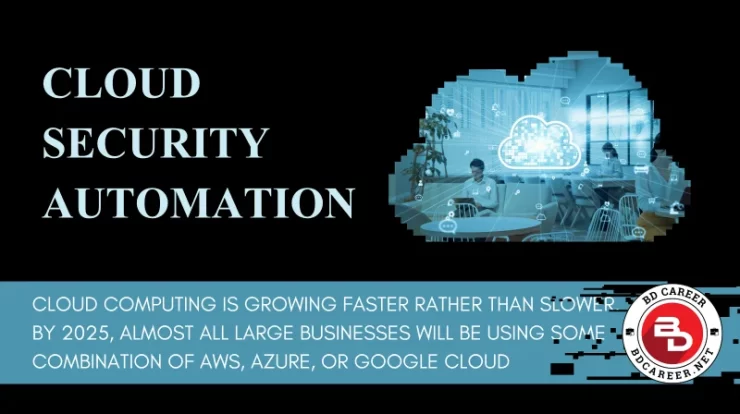
Cloud computing is growing faster rather than slower. By 2025, almost all large businesses will be using some combination of AWS, Azure, or Google Cloud, with many startups adding SaaS solutions on top. The result? A sprawling digital ecosystem that’s both powerful and painfully exposed.
Hybrid and multi-cloud architectures have unlocked agility, but they’ve also opened up attack surfaces big enough to make any CISO lose sleep. Data is everywhere, APIs are multiplying, and identities are shifting dynamically across cloud security. The old way of protecting static networks with perimeter firewalls feels prehistoric in this new landscape.
Meanwhile, attackers aren’t standing still. Ransomware groups are deploying AI themselves, using it to probe for misconfigurations faster than humans can react. Generative models personalise phishing campaigns, and zero-day exploits now spread across regions in minutes, not days.
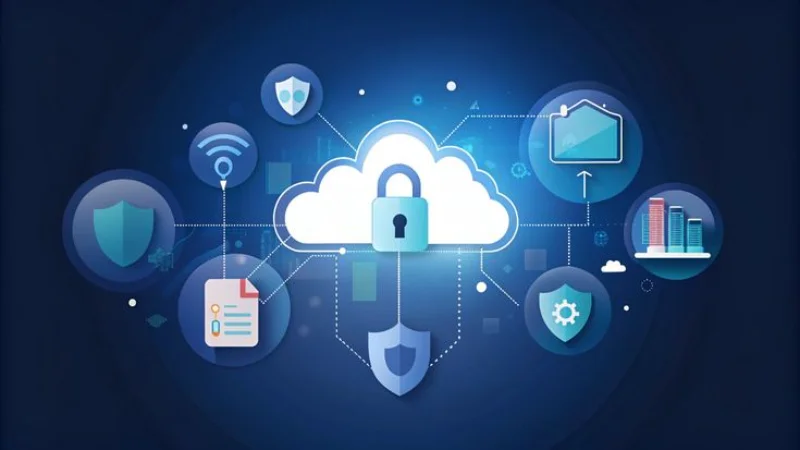
Contents
- The Problem: Human Limits in a Machine-Speed Battlefield
- AI-Powered Cloud Security From Reactive to Predictive Defence
- Key Applications of AI in Cloud Security Automation
- Real-World Case Studies: Companies Automating Cloud Defence
- The Human Element AI as a Partner, Not a Replacement
- The result? A more strategic, less reactive security culture, one where people and AI collaborate instead of compete.
- Conclusion
The Problem: Human Limits in a Machine-Speed Battlefield
Let’s be honest, even the most talented cybersecurity team is drowning. Between misconfigurations, compliance requirements, and incident alerts, humans are battling machines on their own turf.
Every minute, thousands of security events hit dashboards. Most are false positives. But buried in that noise might be the one alert that signals a breach in progress. Miss it, and the consequences are catastrophic.
“Alert fatigue” has become the silent killer of cloud security. Engineers click through logs just to clear them, or delay patches because testing environments take too long to replicate. And in cloud systems where resources spin up and down dynamically, a single missed configuration can expose entire datasets.
Traditional frameworks like intrusion detection systems or static rule-based firewalls simply can’t adapt fast enough. Threats evolve hourly, APIs update weekly, and cloud architectures reshape themselves daily. Humans operate on schedules. Attackers don’t. The battlefield is moving at machine speed, and the only logical countermeasure is to fight fire with fire.
AI-Powered Cloud Security From Reactive to Predictive Defence
AI isn’t new to security, but what’s happening now is different. Instead of relying on static models that flag anomalies, we’re seeing adaptive systems that learn from the cloud itself, its configurations, workloads, and user behaviours.
Machine learning models analyse petabytes of event data in real time, building baselines for what “normal” looks like across virtual machines, containers, APIs, and even individual user sessions. Once that baseline is set, any deviation, no matter how subtle, triggers deeper inspection.
Behaviour analytics can detect lateral movement inside a network long before it hits critical assets. Threat intelligence automation cross-references events with global attack databases to anticipate new vulnerabilities. Generative AI adds another layer, correlating signals from disparate systems and even simulating potential exploit paths before attackers discover them.
The shift is profound: from reactive defence (responding to incidents after the fact) to predictive defence (stopping them before they materialise). In 2025, this isn’t futuristic.
Key Applications of AI in Cloud Security Automation
1. Automated Threat Detection & Response
AI-based systems like AWS GuardDuty, Google Chronicle, and Azure Sentinel now handle continuous anomaly detection across millions of resources. They analyse logs, API calls, and network traffic, flagging outliers that human analysts might overlook.
The real magic is in response automation. Once an anomaly is confirmed, the system can automatically isolate affected workloads, trigger remediation scripts, or block suspicious IPs, all within seconds. No human ticketing delay, no “waiting for approval.”
2. Self-Healing Infrastructure
Imagine a Kubernetes cluster that patches itself. AI-driven remediation makes this a reality. These systems detect vulnerabilities, apply security updates, and even roll back faulty configurations autonomously.
This “self-healing” capability transforms cloud environments from fragile ecosystems into resilient ones. Instead of engineers chasing down vulnerabilities, the infrastructure actively maintains its own health.
3. Identity and Access Management (IAM) Automation
In cloud systems, identity is the new perimeter. AI enhances IAM by continuously analysing behaviour patterns. If an employee’s access patterns change, say, suddenly logging in from another region or accessing unusual files, AI can flag or suspend the session automatically.
Adaptive authentication also uses ML to adjust privileges dynamically, minimising the risk of credential abuse or insider threats.
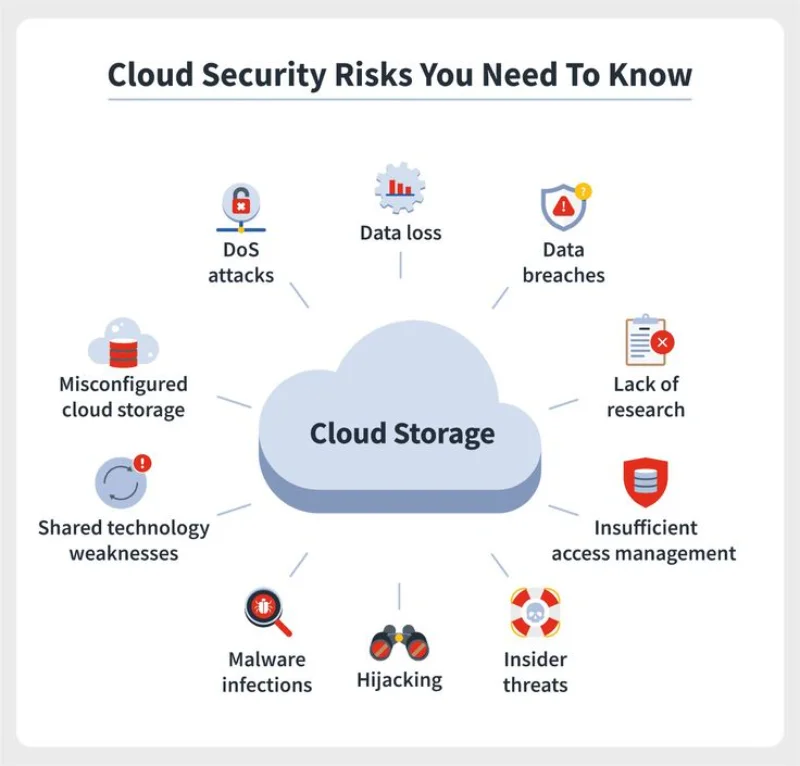
4. Compliance & Audit Automation
No more sleepless nights before compliance audits. AI automates compliance monitoring by mapping configurations to standards like GDPR, HIPAA, and ISO 27001. It detects non-compliance instantly and generates reports in real time.
This continuous compliance framework doesn’t just save time. It reduces liability, ensuring organisations stay within regulatory boundaries 24/7.
Real-World Case Studies: Companies Automating Cloud Defence
Netflix was among the early adopters of AI-driven cloud security. Running thousands of microservices on AWS, the company encountered a scaling issue, and manual monitoring was insufficient. Their “Security Monkey” and ML-based detection models now analyse billions of API calls daily, flagging anomalies autonomously. Result: faster threat mitigation and zero major breaches in years.
Capital One went all-in on AI-powered detection following its 2019 data breach. Its cloud-native ML systems now scan network traffic for fraud-like patterns in real time, blocking suspicious actions before they complete. They’ve slashed response times by over 70%.
Airbnb, operating across multiple clouds, relies on automated compliance and orchestration tools. Their AI layer continuously enforces policies, detects misconfigurations, and even generates internal audit reports automatically. It’s saved thousands of engineer hours per year.
The Human Element AI as a Partner, Not a Replacement
There’s a misconception that AI will replace security teams. In reality, it’s making them indispensable.
AI handles the grunt work, parsing logs, correlating alerts, and running automated playbooks, but humans still provide the judgment and context machines lack. Deciding when to isolate a system, how to communicate a breach, or which compliance nuance applies in a grey area are human calls.
Security engineers are becoming AI orchestrators, tuning models, validating outputs, and ensuring ethical use of automation. The skill set is evolving less about manual command-line investigation and more about understanding machine learning pipelines and data flows.
Upskilling is the name of the game. Cybersecurity now intersects with data science, requiring professionals to bridge the gap between model accuracy and policy enforcement.
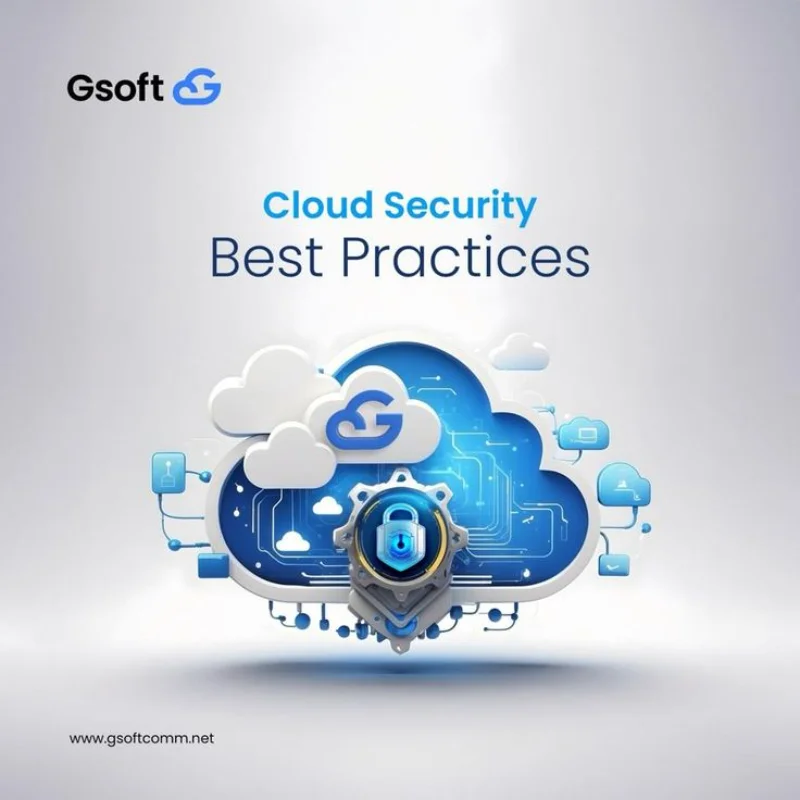
The result? A more strategic, less reactive security culture, one where people and AI collaborate instead of compete.
Challenges and Ethical Considerations
Of course, automation brings new risks. Over-reliance on AI can backfire if systems misinterpret behaviour or generate false positives. One misconfigured rule could lock out legitimate users or shut down production environments.
Then there’s the data privacy question. AI systems often rely on vast datasets, including user logs and access patterns. Without strong anonymisation and access controls, this can create its own security exposure.
Finally, bias in AI models often inherited from training data can skew detection. For instance, systems might overflag specific regions or user profiles if their datasets are unbalanced. The takeaway? AI in cloud security must be governed responsibly. It’s not just about deploying smarter tools. It’s about ensuring fairness, accountability, and oversight in every automated decision.
Conclusion
By 2030, experts predict that up to 90% of routine cloud security operations will be fully automated. Infrastructure will dynamically learn from its own telemetry, predict weak points, and patch them autonomously.
AI will also pair with quantum-safe encryption, safeguarding data from future quantum computing threats. Combined with zero-trust architectures, the cloud will evolve into a living, adaptive organism verifying every connection, encrypting every packet, and monitoring every identity in real time.
But technology alone isn’t the victory. The real success will come from how we utilise it, aligning AI’s efficiency with human oversight and ethical clarity. As cloud ecosystems grow ever more complex, automation isn’t just closing the gaps. It’s redefining the rules of engagement. Security will no longer be an afterthought or a reactive process. It will be autonomous, predictive, and, most importantly, resilient.
